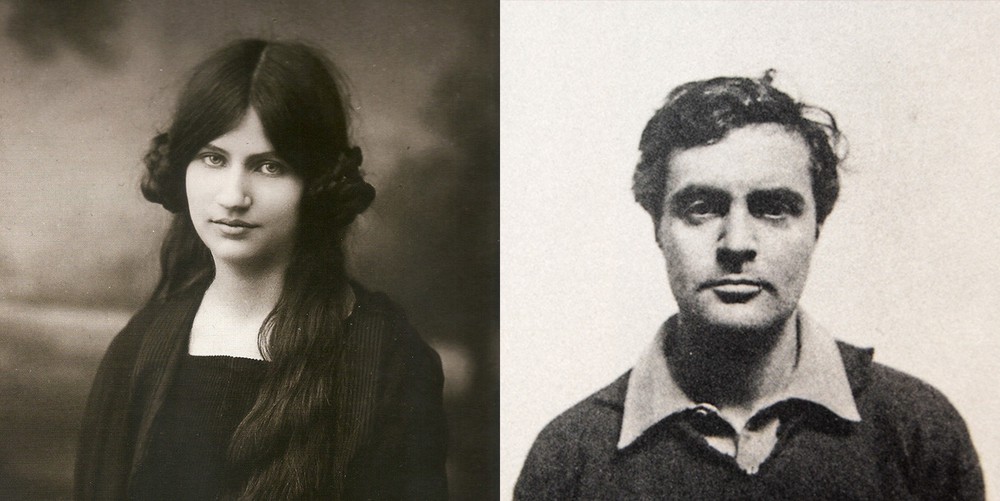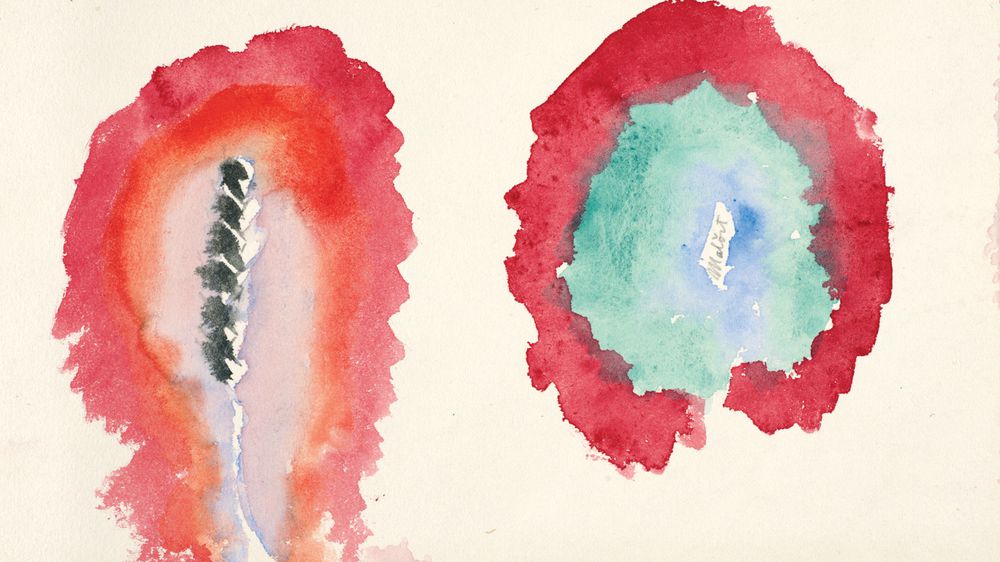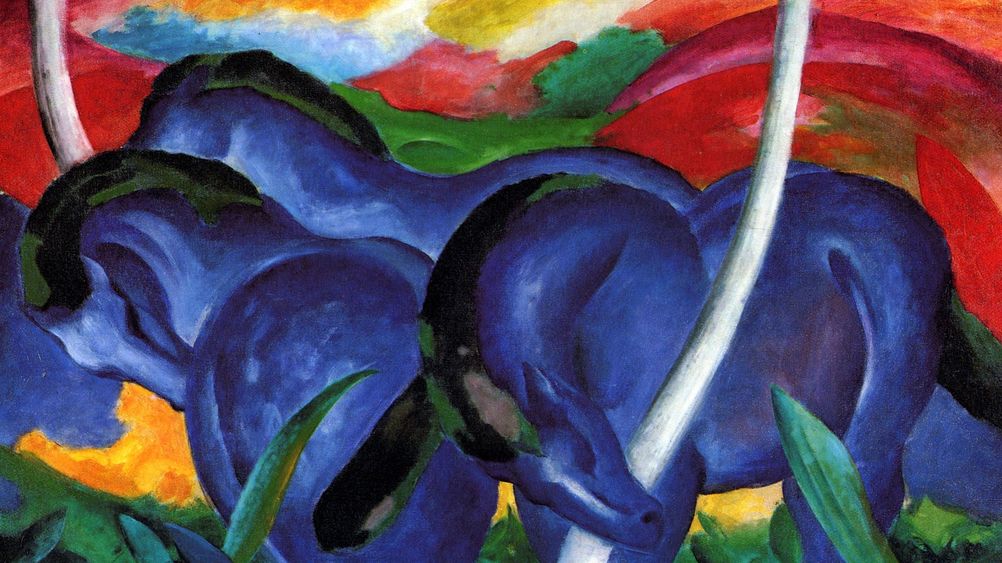Expressionism
The term ‘expressionist’ is often used to refer to any artwork in which intense emotion outweighs accurate representation, usually achieved through distortions of shape and color. However, Expressionism more accurately describes a late 19th century reaction led by Vincent van Gogh and Edvard Munch against the ‘superficial’ naturalism of Impressionism. It shared Symbolism’s conviction that subjective feeling was more important than the depiction of objective reality and that painting should above all express the artist’s state of mind. A second wave of specifically German Expressionism followed between 1905 and 1930, starting with Ernst Ludwig Kirchner’s group Die Brücke (‘The Bridge’). Reflecting a profound disaffection with modern life, it sought to inject painting with a sense of spirituality through violent colors, jagged brushwork and discordant lines. Its exaggerated style, marked by angst-ridden elongated figures, inspired artists like Egon Schiele, Oskar Kokoschka and Chaim Soutine. A more lyrical and abstract form of Expressionism also emerged with Der Blaue Reiter (‘The Blue Rider’), led by Kandinsky. Expressionism’s influence would continue post-war with Abstract Expressionism, only to re-emerge again in the late 20th century via Neo Expressionism.
Editorial (18)

Copenhagen’s Glorious Mess of Movements and Manifestos
(Want to explore other “Artropolises”? Check out our series.)

Modernism’s Romeo & Juliet
This month, we’ll be featuring Summer of Love, a four-part series on artists who painted the same individual—over and over a…

The Asylum Stay That Led to "Starry Night"
In our series Why Is This Famous?, we aim to answer the unanswerable: How does a work actually enter the public consciousnes…
Artists (19)

Chaim Soutine
Russian-French, 1893–1943
Albin Egger-Lienz
Austrian, 1868–1926
Richard Gerstl
Austrian, 1883–1908Playlists (17)



Decor for a Rustic Interior


